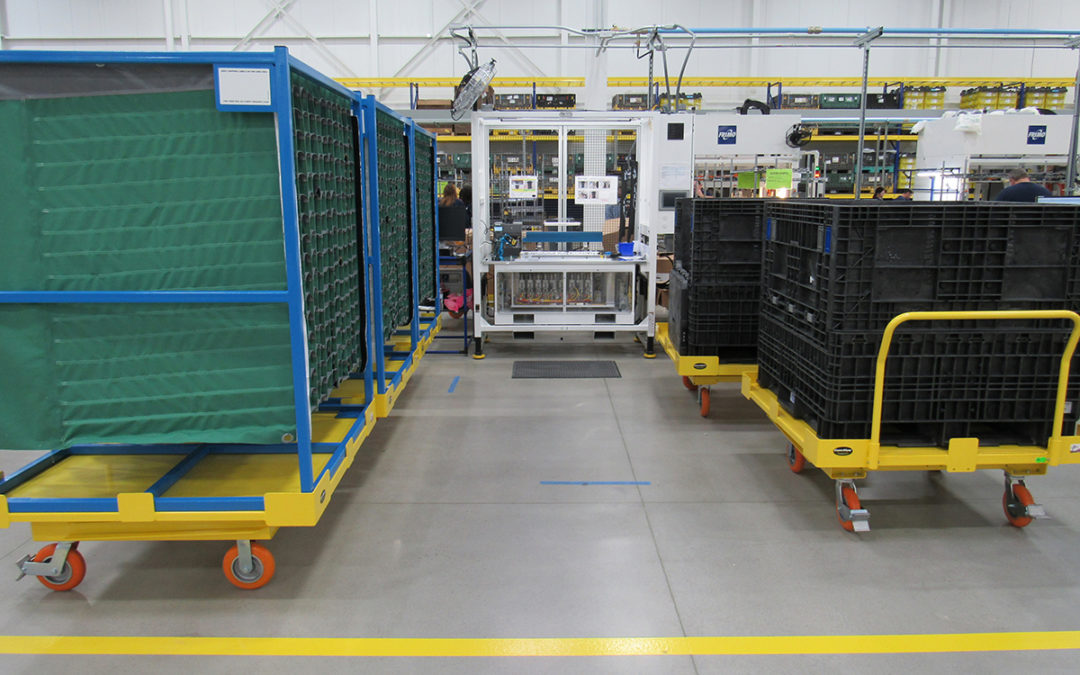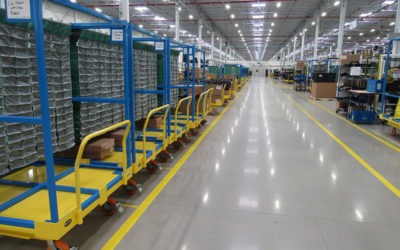The idea of “lean” appears all over the business press – lean healthcare, lean management, lean startup, lean manufacturing – name a context and industry and you’ve seen lean applied to it. Everyone is trying to get lean, hold kaizen events, do 5S, implement just in time, and schedule work with kanban. But like a lot of buzzwords, lean is often misused and misunderstood. So what is lean? And why does the definition matter?
Definitions from Lean Thinkers
Lean manufacturing, also known as lean management, the lean system, lean production or simply lean, is a business operating system that can be applied to any organization, company, or industry.
A prior blog post explored some history and a couple definitions, but it’s time to take a deeper look at how lean is defined and how our understanding of that definition changes the outcome.
The Lean Enterprise Institute (LEI) says, “The core idea is to maximize customer value while minimizing waste. Simply, lean means creating more value for customers with fewer resources.”
Taiicho Ohno, the primary architect of the Toyota System that lean is based on, said, “Why not make the work easier and more interesting so that people do not have to sweat? The Toyota style is not to create results by working hard. It is a system that says there is no limit to people’s creativity. People don’t go to Toyota to ‘work’ they go there to ‘think.’”
Fujio Cho, Toyota Chairman of the Board from 2006 to 2013 said, “Many good American companies have respect for individuals, and practice Kaizen and other TPS {Toyota Production System} tools. But what is important is having all of the elements together as a system. It must be practiced every day in a very consistent manner–not in spurts–in a concrete way on the shop floor.”
Daniel Marco, Geolean founder with deep experience implementing the Toyota System, explains lean in a few different ways. His experience illustrates that there is never one single definition of lean, but a constant pursuit of what it can be.
In one of our discussions, he described lean as “A way to achieve a result using the least possible amount of resources.” This approach is echoed in the lean startup movement, where minimum viable products are used to engage the market and improve with feedback, not investing too much in development until you’ve found your market fit.
Another talk led to an analogy between lean and the Force of Star Wars. Both are powerful systems learned through lifelong study, but could be applied for good or bad. Here we get a look at what some people have experienced when the power of lean is used poorly or with less skill – negative impact on people, companies, and results.
Learning from the Definitions
Combining concepts from each of these definitions gives us a picture of the idea: Customer value. Respect for people. No limits. Continuous improvement. Systems thinking. Concrete results. Least resources.
Notice that typical lean associations like manufacturing, just in time, 5S, or kanban didn’t appear anywhere in the definitions or in the main concepts. In fact, the terms used are better associated with goals and principles than specific actions.
The beauty of lean and the Toyota System is that there is not a set definition. It’s all in the way, the approach, the journey. All we can do is learn, act, apply, and improve our thinking and understanding every day. The combined ideas from originators and practitioners of the system give us our guiding points to know if we’re on track or off course, and serve as a reminder to start with the purpose and apply tools as necessary to pursue that purpose.
How you define lean and where you start determine the outcome. If you start with tools, you’re thinking too small and limit your progress. If you start with the idea of just saving money, you’ll never build a system of people thinking together. If you think you can spend your way to the end, you’ll never capture the elegant solution born of limited resources.
Acting on the idea to build your lean system is the right start. Building the full system effectively is the next step. You can take decades going through the learning process on your own or you can team up with an integrator to learn through doing with expert support. Whichever you choose, the journey is worth the effort.





